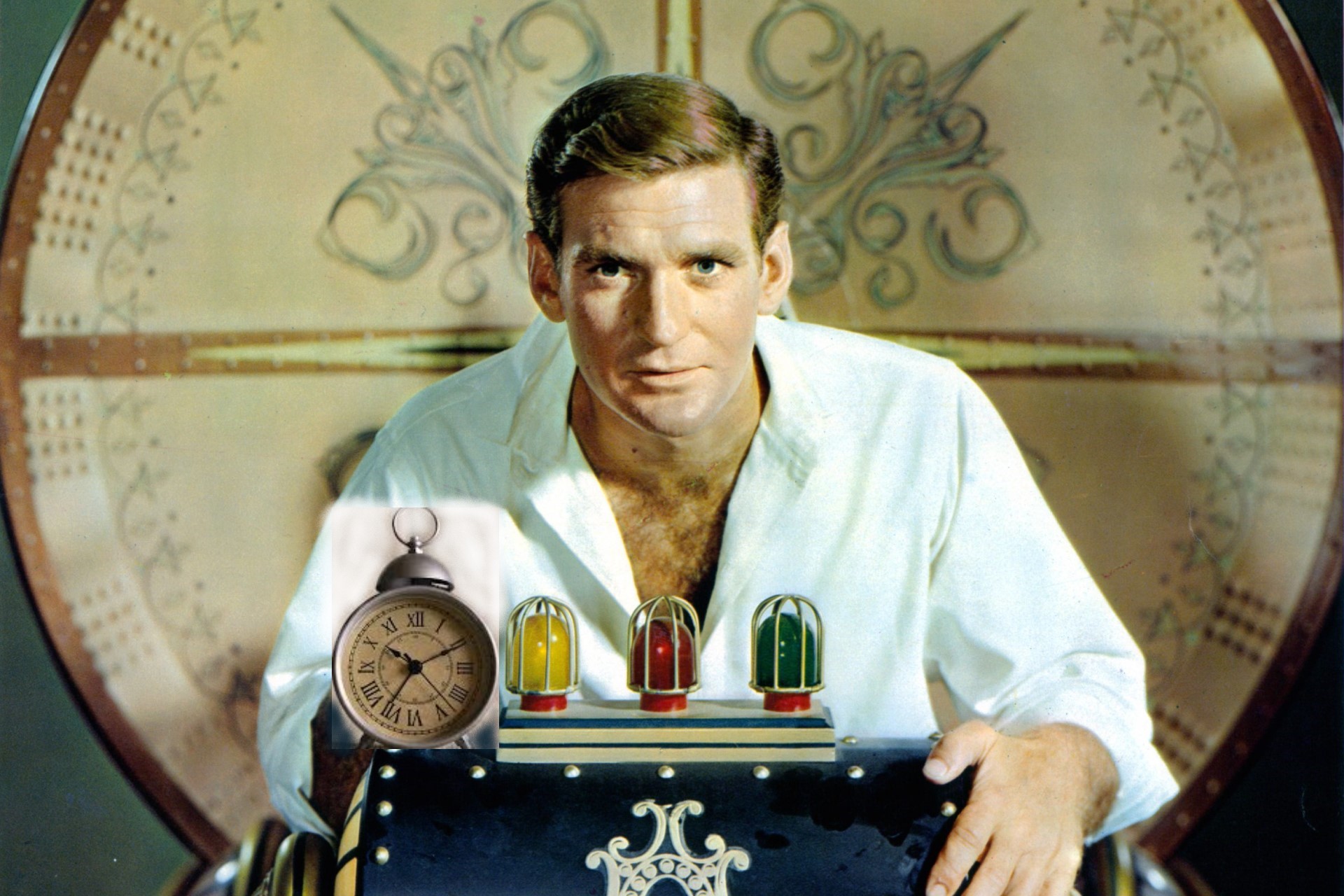The true story of Queen Charlotte, heroine of the 'Bridgerton' miniseries
The British monarchy has always fascinated crowds, in real life and on screen. In the days before the coronation of King Charles III (coincidence?), Netflix released a spin-off of the costume drama 'Bridgerton'. It focused on Queen Charlotte (1744-1818). What's real about this character, and what's not?
Image: 'Queen Charlotte: A Bridgerton Story' / Netflix
The six episodes of this mini-series center on the rise of the young German Charlotte of Mecklenburg-Strelitz. After her marriage to King George III, she became Queen of Great Britain and Ireland at age 17. Charlotte continues to intrigue historians, centuries after her death. They particularly wonder about her skin color.
Image: 'Queen Charlotte: A Bridgerton Story' / Netflix
In the Bridgerton spin-off, Queen Charlotte's marriage to King George III opens the door to the black community in the upper ranks of society and creates a movement for racial equality in England. Screenwriter Shonda Rhimes chose to call on two mixed-race actresses, India Amarteifio and Golda Rosheuvel, to play Queen Charlotte at two periods of her life.
In reality, no one knows today what the real skin color of Queen Charlotte of England was. But several theories have been put forward by historians. A subject that unleashes passions.
Image: 'Queen Charlotte: A Bridgerton Story' / Netflix
Referring to the paintings of the time, we observe that Queen Charlotte has her face painted with a pale complexion. But that does not necessarily mean that she had white skin. At the time, the nobles whitened themselves with powder. In addition, painters could also have chosen to lighten the skin tones of their subjects.
Pictured: a painting of Charlotte by Benjamin West in 1777.
Allan Ramsay's late 18th-century painting (pictured) shows Queen Charlotte from a new perspective. Many see 'African' features on her face, with a slightly tanned complexion, more rounded nostrils, and relatively full lips. According to some historians, this painting could be proof of her mixed origins. Currently, no African ancestry has been found in her genealogy, but historians say she has Portuguese ancestry.
Sophie-Charlotte of Mecklenburg-Strelitz was born on May 19, 1744, in a former duchy located in the northeast of Germany. She is the daughter of Duke Charles I of Mecklenburg-Strelitz and Duchess Elisabeth- Albertine of Saxe-Hildburghausen.
Although Charlotte grew up in an aristocratic family, her lineage is less prestigious than that of royal princesses. Her ancestors were mainly princes, counts, or dukes, and only two of them seem to have royal blood: Frederick I of Denmark and Norway (1471-1533) and Gustav I of Sweden (1496-1560). It is in particular this lack of direct royal blood that caused historians to spill ink on her origins.
In 1760, the advisers of the new King of England, George III, set out to find a Protestant princess to share his life and give him an heir. They negotiated with Prince Adolphe-Frédéric IV, brother of Charlotte, so that the young girl, of great beauty, would marry the King of England. Thus, at only 17 years old, the shy German who did not speak a word of English, and who had never set foot on British territory, was to become Queen of Great Britain and Ireland.
Image: 'Queen Charlotte: A Bridgerton Story' / Netflix
The marriage took place on September 8, 1761, at the Chapel Royal of Saint James's Palace (London). According to the writings of historians, Princess Charlotte married only six hours after arriving in England. Apparently, she also met King George III for the first time on this day.
Image: 'Queen Charlotte: A Bridgerton Story' / Netflix
The wedding between King George III and Princess Charlotte was a resounding success. According to the accounts of the time, strong ties built between them over time, and the king and queen of England lived a solid and beautiful love story.
Queen Charlotte and King George III had 15 children together, 13 of whom reached adulthood. Among their children were the future King of England George IV and Edward-Auguste of Kent, father of the future Queen Victoria, an iconic figure of the British Crown.
Queen Charlotte made a point of providing her daughters with a full education, which was not customary in Georgian times. "I am of the opinion that if women had the same advantages as men in their education, they would do just as well," she allegedly claimed. A woman ahead of her time.
King George III and Queen Charlotte shared a passion for botany and the arts. The Queen of England has been a great patron of the arts and has supported many artists such as Johann Christian Bach, Thomas Gainsborough, and the very young Amadeus Mozart, who dedicated six sonatas to her.
The Netflix/Bridgerton 'Queen Charlotte' mini-series also focuses on the king's mental illness. In fiction, George III seems to suffer from dementia the moment he meets Charlotte. In reality, he was said to have been struck by his first psychic crisis in 1765. At the time, mental illnesses were unknown, and doctors were not equipped to heal the monarch. Between depressions, hallucinations, and convulsions, the king had several relapses over time, until he was no longer able to govern in 1811. His eldest son was then proclaimed regent.
In her writings, Francis Burney, a British novelist who was Queen Charlotte's lady-in-waiting from 1786 to 1791, depicts a woman devastated by her husband's state of health. “Sometimes she walks up and down the room without uttering a word,but shaking her head frequently, and in evident distress and irresolution,” her notes read.
Image: 'Queen Charlotte: A Bridgerton Story' / Netflix
When King George III's illness began, Queen Charlotte could not visit him, as his behavior was unstable and even violent. However, it did not stop Charlotte from protecting and supporting her husband throughout his life and illness, historians claim. She reportedly always remained loyal and faithful to him.
Queen Charlotte died in 1818, aged 74, at Kew Palace. Her body now rests in St George's Chapel, Windsor. From an introverted young girl, she transformed into an assertive woman and a queen adored by her people. Charlotte has had a great impact on British society, so much so that her name has been given to many cities and territories around the world.
Image: 'Queen Charlotte: A Bridgerton Story' / Netflix





























